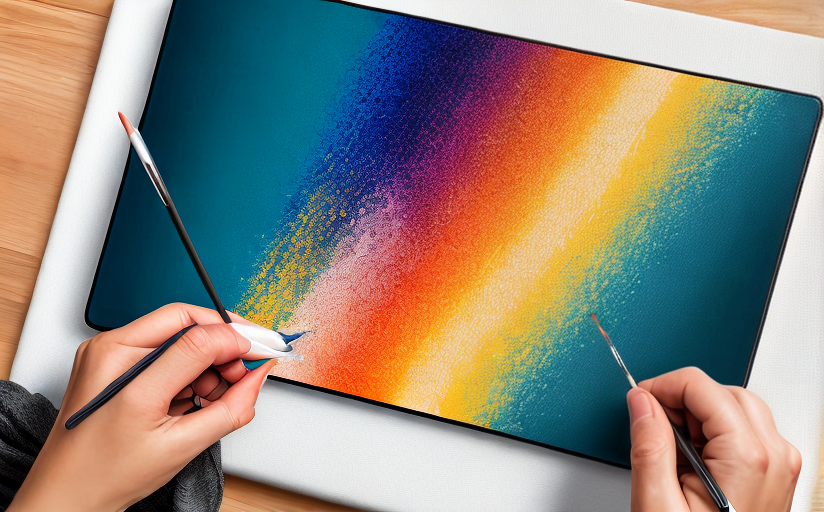Digital Media Revolution Impacting Contemporary Art
Over the past decade, the world of art has experienced a profound transformation due to the rapid development in digital media. The increasingly pervasive presence of digital tools, virtual reality, and non-physical space in the artistic arena has come to determine the trajectory of contemporary art, redefining the traditional boundaries of creativity.
Influence on Artistic Techniques and Expression
The advent of digital media revolution has instigated a significant shift in artists’ techniques and artistic expression. This is primarily evident in the way artists now leverage digital tools and software to create pieces that would have been previously inconceivable. The usage of digital 3D modeling tools and virtual reality presents virtually limitless possibilities, enabling artists to experiment with novel visions and ideas.
Role of Digital Media in Transforming Contemporary Art
Digital media has brought forth an interactive and immersive dimension in contemporary art. The use of sophisticated technology like augmented reality and virtual reality has allowed for greater participation and engagement of audiences. This interactive nature of digital art broadens our understanding and perception of art, enabling us to physically interact and emotionally resonate with the artwork in a more profound manner.
Global Distribution and Accessibility
Digital media has democratized the access to art, breaking down geographic boundaries and opening up limitless opportunities for artists to showcase their work on global platforms. The Internet provides a vast platform for artists to display their work to an international audience, ensuring that art is not confined to the traditional mediums of galleries and exhibitions.
Perspectives of Critics and Art Enthusiasts
The fusion of technology with art has led to mixed reactions among critics and art enthusiasts. While some view it as an exciting opportunity for creative expansion, others express concern over the loss of traditional art forms. As with any significant shift, the transition to digital forms of creative expression invites deep reflection and critical discussion. However, it is undeniable that the innovative combinations of technology and art have reshaped, and will continue to reshape, the face of contemporary art.
Examples of Contemporary Digital Artworks
Among the numerous examples of contemporary digital art, TeamLab's installations and exhibitions stand out. This multidisciplinary group of programmers, engineers, and artists from Japan create immersive digital installations that transcend physical boundaries and invite audience participation. Their works such as Borderless challenge our perception of art and provide a compelling example of the transformative power of digital tools in art.

















Comments
Leave a Comment